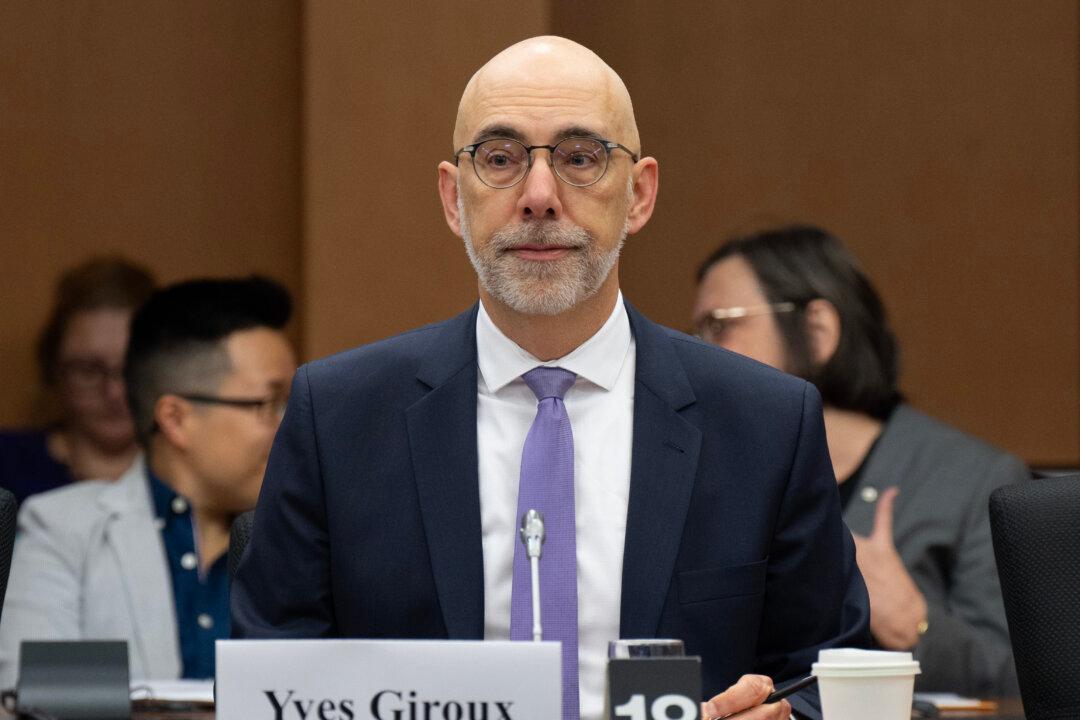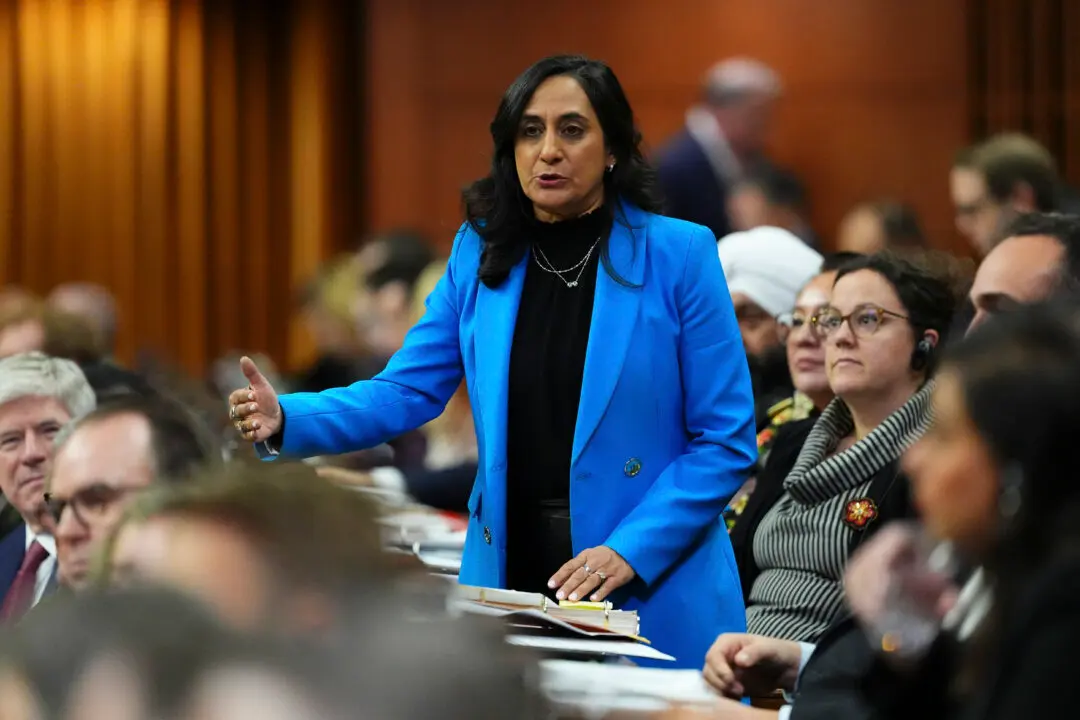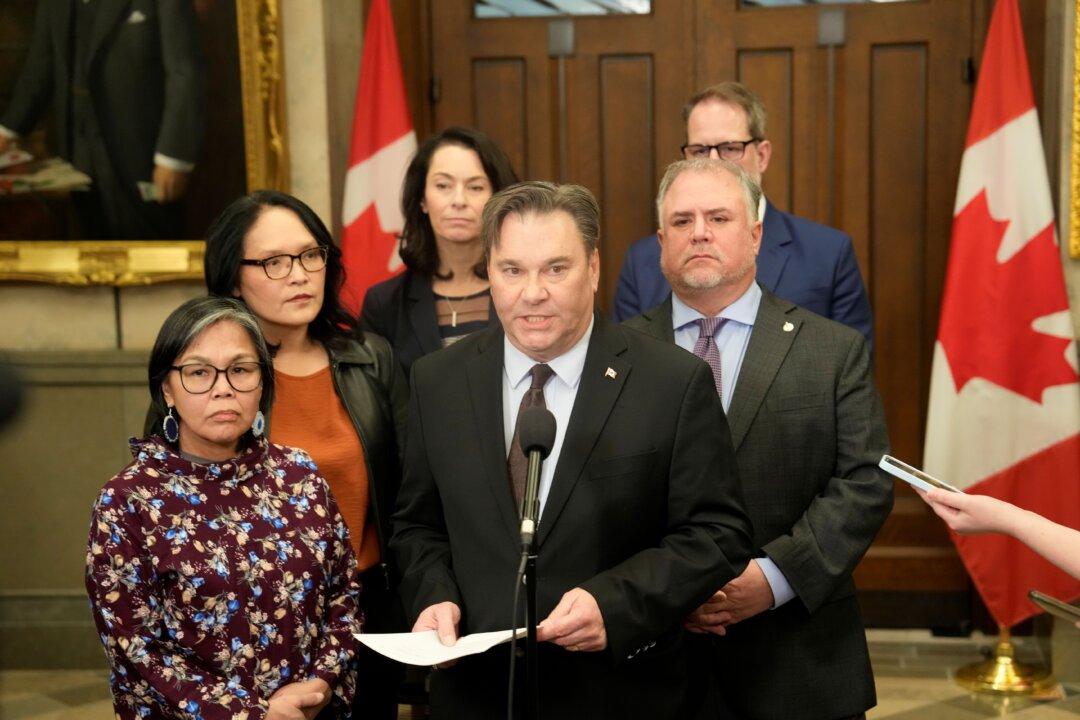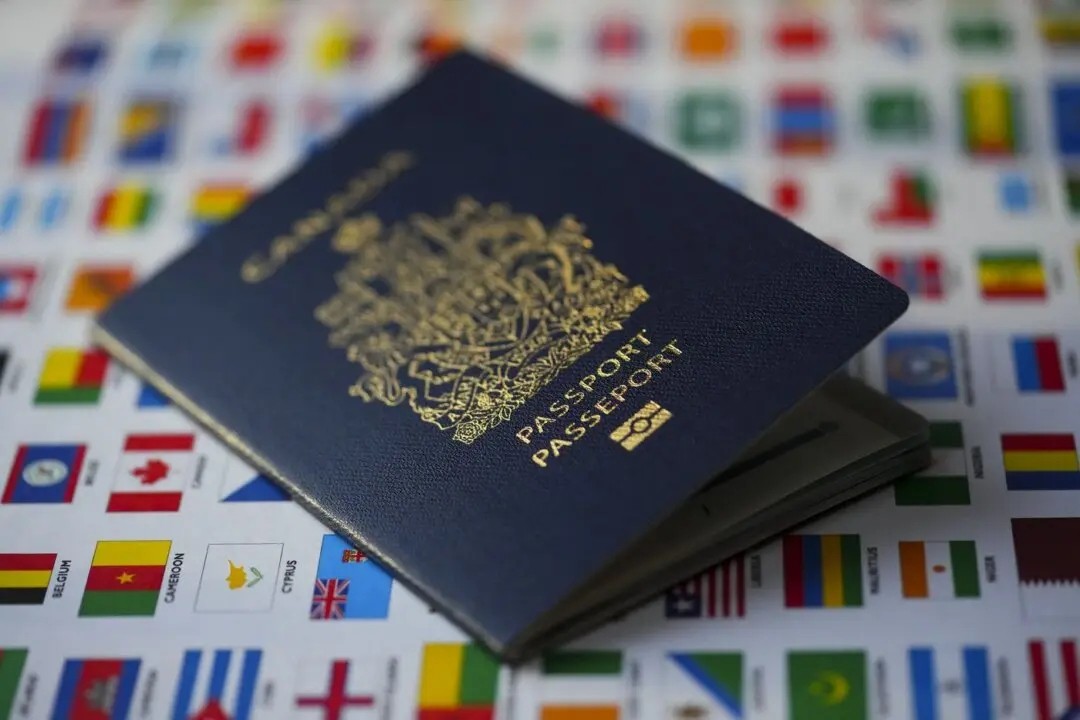Ottawa is unlikely to meet its pledge to cap the federal deficit at or below $40 billion in the 2023-2024 fiscal year, say recent estimates from the Parliamentary Budget Officer (PBO) indicating that the federal government fell short of its target by 17 percent.
In its Economic and Fiscal Outlook report published Oct. 17, the PBO estimated the budgetary deficit at $46.8 billion in fiscal year 2023–24—1.6 percent of Canada’s GDP—and expected the federal debt-to-GDP ratio to be 42.2 percent that year.





